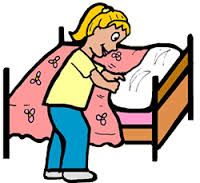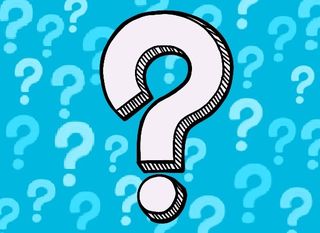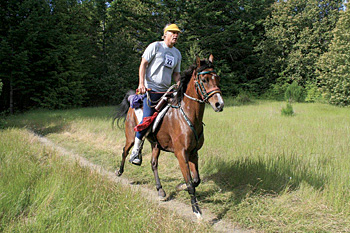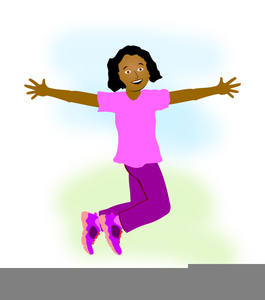Negative Sentences In Simple Past Quiz

Hello guys, today you are going to play this fantastic game to see how much you know about negative in the past simple.
- 1.
What is the negative past simple of the following sentence: He played handball
- A.
He wasnt play handball
- B.
He did not play handball.
- C.
He did play handball
- D.
He isn´t played handball
Correct Answer
B. He did not play handball.Explanation
The negative past simple of the sentence "He played handball" is "He did not play handball." This is because in the past simple tense, we use the auxiliary verb "did" followed by the base form of the main verb to form negative sentences. In this case, the base form of the verb "play" is used after "did not" to indicate that he did not engage in the activity of playing handball.Rate this question:
-
- 2.
Is [Susan do not wait in the kitchen] correct?
- A.
Correct
- B.
Incorrect
Correct Answer
B. IncorrectExplanation
The given sentence "Susan do not wait in the kitchen" is grammatically incorrect. The correct form should be "Susan does not wait in the kitchen" where "does not" is used to form the negative of the verb "wait" in the present tense.Rate this question:
-
- 3.
What is the auxiliary verb in the negative past simple?
- A.
Was/were
- B.
Did
- C.
Do
- D.
Is/are
Correct Answer
B. DidExplanation
In the negative past simple, the auxiliary verb used is "did." This is because "did" is the past tense form of the auxiliary verb "do." In negative sentences, the auxiliary verb "did" is used to indicate that an action did not happen in the past. For example, "I did not go to the party last night." In this sentence, "did not" is the negative form of the auxiliary verb "did."Rate this question:
-
- 4.
Complete the negative sentence in simple past: I ________ (make) the beds.
Correct Answer
didn´t make, did not makeExplanation
The correct answer is "didn't make, did not make." In the simple past tense, the negative form is formed by adding "didn't" before the base form of the verb. Therefore, both "didn't make" and "did not make" are correct ways to complete the negative sentence.Rate this question:
- 5.
The negative simple past of the sentence: She asked a lot of questions, is
- A.
She do not asked a lot of questions
- B.
She did not asked a lot of questions
- C.
She did not ask a lot of questions.
- D.
She do not ask a lot of questions
Correct Answer
C. She did not ask a lot of questions.Explanation
The correct answer is "She did not ask a lot of questions." This is the negative simple past form of the sentence "She asked a lot of questions." In English, to form the negative simple past, we use the auxiliary verb "did" followed by "not" and the base form of the main verb. Therefore, the correct sentence is "She did not ask a lot of questions."Rate this question:
-
- 6.
She came to my party. In Negative is
Correct Answer
She didn't come to the party, She did not come to the partyExplanation
The correct answer is "She didn't come to the party, She did not come to the party." This answer accurately reflects the negative form of the sentence "She came to my party." Both "didn't" and "did not" are contractions of the negative auxiliary verb "did" and the negative particle "not," indicating the absence of her attendance at the party.Rate this question:
- 7.
Is [Andy didn't buy a new shirt] correct or incorrect?
- A.
Correct
- B.
Incorrect
Correct Answer
A. CorrectExplanation
The given statement "[Andy didn't buy a new shirt]" is correct. This means that Andy did not purchase a new shirt.Rate this question:
-
- 8.
Put the sentence this in affirmative: William did not ride a horse
Correct Answer
William rode a horseExplanation
The given correct answer suggests that the sentence "William did not ride a horse" is rewritten in the affirmative form as "William rode a horse." This means that William indeed rode a horse, contradicting the negative statement in the original sentence.Rate this question:
- 9.
You jumped high. The affirmative for this sentence is
- A.
You did not jump high
- B.
You wasnt jump high
- C.
You did not jumped high
- D.
You don't jump high
Correct Answer
A. You did not jump highExplanation
The correct answer is "You did not jump high" because it follows the correct grammatical structure for forming the negative past tense of the verb "jump." In English, the negative past tense is formed by using the auxiliary verb "did not" followed by the base form of the main verb, which in this case is "jump."Rate this question:
-
Quiz Review Timeline +
Our quizzes are rigorously reviewed, monitored and continuously updated by our expert board to maintain accuracy, relevance, and timeliness.
-
Current Version
-
Mar 21, 2023Quiz Edited by
ProProfs Editorial Team -
Aug 31, 2020Quiz Created by
David Santiago




![Is [Susan do not wait in the kitchen] correct? Is [Susan do not wait in the kitchen] correct? - ProProfs](https://media.proprofs.com/images/QM/user_images/2819725/8849091167.jpg)




![Is [Andy didn't buy a new shirt] correct or incorrect? Is [Andy didn't buy a new shirt] correct or incorrect? - ProProfs](https://media.proprofs.com/images/QM/user_images/2819725/5570272580.jpg)

